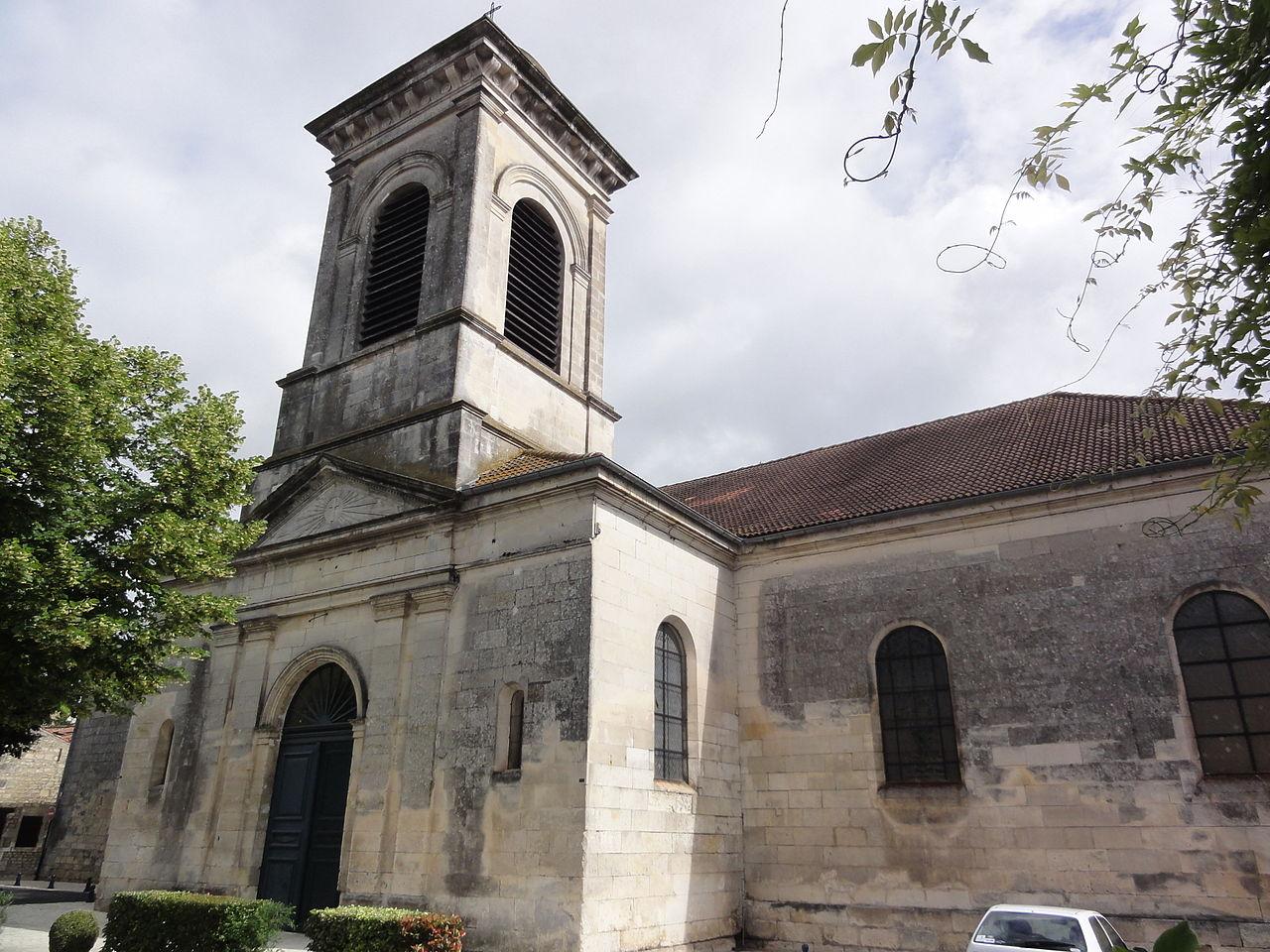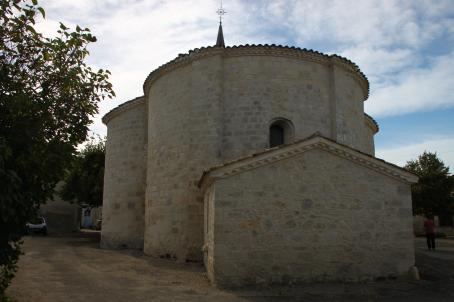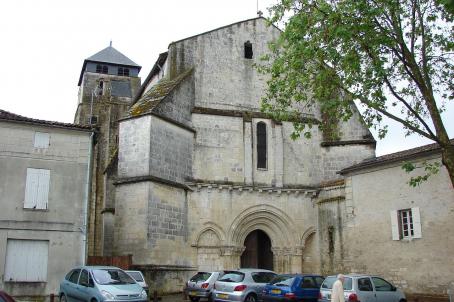Église Saint-Martin
The church of Saint-Martin dates from the 10th century. Rebuilt according to the canons of Saintongean Romanesque architecture, it became the main parish church of the town and depended on the abbey of Saint-Florent in Saumur from 1075. The building includes a pre-Romanesque crypt, a vestige of the primitive church, above which the new sanctuary is built. The church was enlarged during the 15th century, and two bell towers were added to the corners of the façade. In 1582, the church was severely damaged during the religious war and was rebuilt as a Protestant church in 1602. The Catholics took over the church in 1629.






